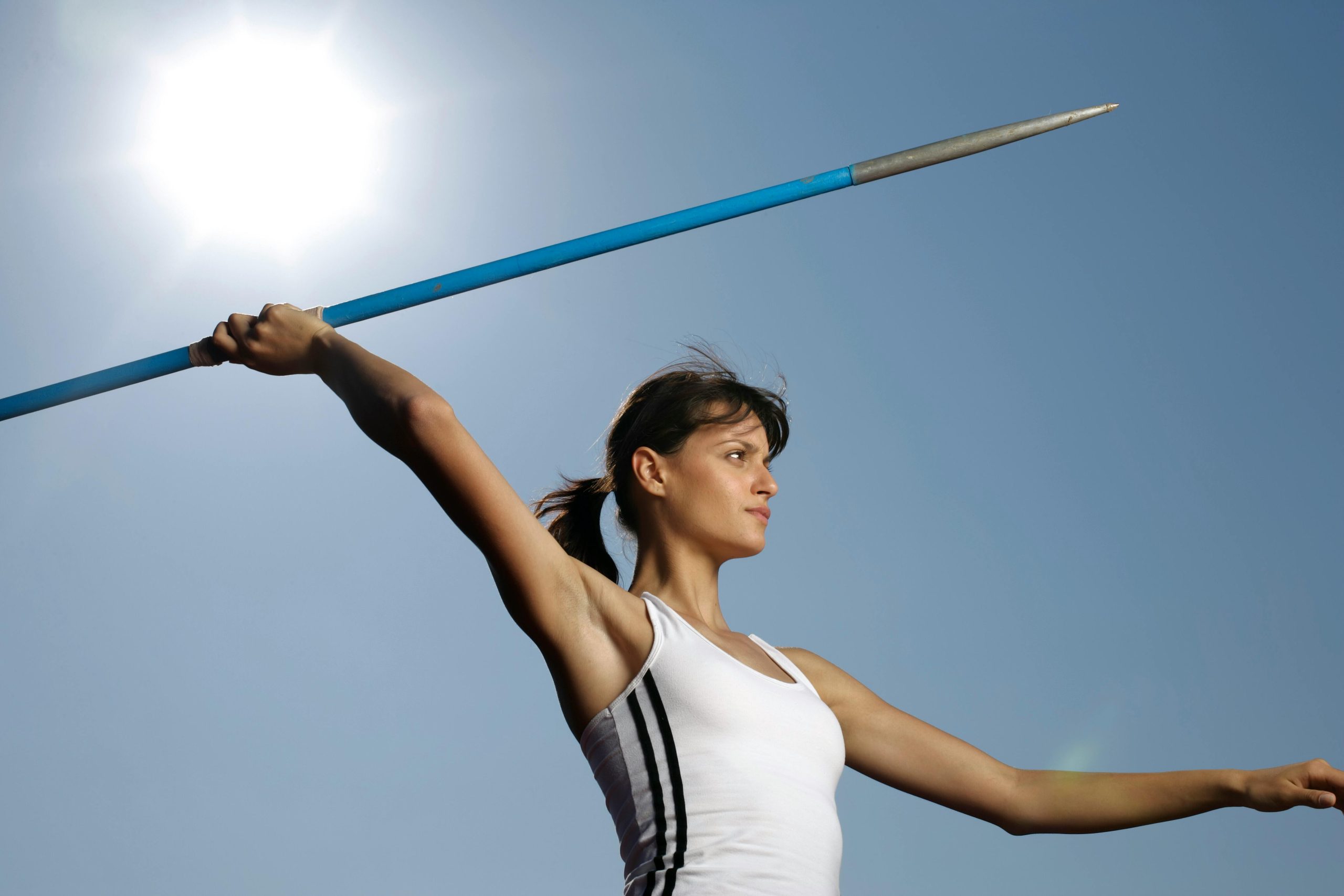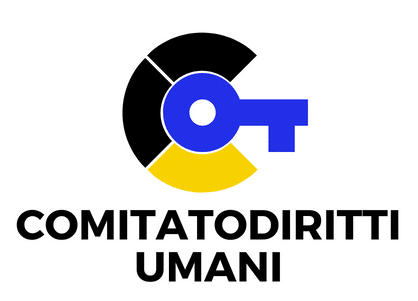How Can Real-time Biomechanical Feedback Improve Javelin Throwing Techniques?

When it comes to javelin throwing, precision and power are paramount. The perfect blend of these elements can help athletes achieve the desired distance and accuracy. But how can they improve their performance and refine their techniques? The answer lies in understanding and utilizing the biomechanics of the throw. Let’s delve into how real-time biomechanical feedback can revolutionize javelin throwing techniques.
Decoding the Javelin Throwing Technique
Javelin throwing is a complex movement that involves the entire body. Athletes must understand the various phases of the throw and the specific body movements involved in each phase. By dissecting the throwing technique, they can develop a clearer understanding of the mechanics involved, ultimately leading to improved performance.
En parallèle : What Are the Benefits of Isokinetic Exercise for Rehabilitating Knee Injuries in Soccer Players?
A javelin throw typically involves three main phases: the approach run, the transition, and the delivery. The approach run is where the athlete builds up speed. During the transition phase, they align their body with the intended throwing direction. The delivery, or the final throw phase, involves the release of the javelin with maximum force and velocity.
Now, how does real-time biomechanical feedback come into play? By offering immediate information about the athlete’s performance during each phase, it can help identify potential areas of improvement.
En parallèle : What Are the New Developments in Tackling Chronic Ankle Instability in Basketball Players?
The Role of Real-time Biomechanical Feedback
In the realm of sports, real-time biomechanical feedback has emerged as a game-changer. It offers immediate analysis of an athlete’s performance, providing insights that were previously impossible to obtain. In javelin throwing, it can reveal crucial information about the athlete’s speed, strength, body posture, and release technique.
With the aid of sophisticated technology, coaches can now monitor the throwing motion in real-time. They can track the velocity of the javelin, the angle of release, and even the forces acting on the athlete’s body during the throw. This wealth of data can then be analyzed to provide actionable feedback, helping athletes fine-tune their techniques and enhance their performance.
For instance, the feedback can reveal if the athlete is not using their leg strength optimally during the approach run, or if they are releasing the javelin at an incorrect angle. By correcting these minor issues, athletes can significantly improve their throwing distance and accuracy.
The Impact of Biomechanical Feedback on Training
Incorporating real-time biomechanical feedback into training routines can benefit athletes in several ways. It not only provides an objective assessment of their performance but also helps them understand their body’s mechanics better.
By observing how different body parts contribute to the throw, athletes can focus on strengthening the critical muscles involved. For instance, if the feedback reveals that their hand release velocity is lower than optimal, they can work on developing their hand and arm strength.
In addition to physical training, biomechanical feedback can also aid in mental preparation. Athletes can visualize the throw with greater clarity, understanding how each phase contributes to the final outcome. This mental image can help them execute the throw more effectively during competitions.
Additionally, real-time feedback can help prevent injuries. It can highlight improper movements or technique elements that might put undue strain on certain body parts, enabling athletes and coaches to address these issues proactively.
Leveraging Technology for Effective Feedback
In this digital era, various technological tools have made it easier to provide real-time biomechanical feedback. High-speed cameras, motion sensors, and force platforms are some of the technologies being used in the field.
High-speed cameras can capture the throwing motion in great detail, allowing for precise analysis. Motion sensors attached to the athlete’s body can track the movement of different body parts during the throw. Force platforms can measure the forces exerted during the throw, providing insights into the athlete’s strength and power.
These technologies, combined with sophisticated software for analysis, can provide comprehensive feedback about the throw. Athletes and coaches can then use this information to refine the throwing technique further.
Scholarly Insights and Ongoing Research
Scholars and researchers are continuously exploring how biomechanical feedback can enhance sports performance. A simple Google Scholar search reveals numerous studies focusing on this aspect in various sports, including javelin throw.
Research suggests that real-time biomechanical feedback can significantly improve the performance of javelin throwers. It’s not just about correcting technique flaws; it’s also about optimizing each movement to achieve maximum velocity and distance.
In conclusion, real-time biomechanical feedback, backed by advanced technology and scientific research, can revolutionize javelin throwing techniques. By providing valuable insights into each phase of the throw, this feedback can help athletes enhance their performance, prevent injuries, and reach new heights in their sporting career.
Advancements in Biomechanical Feedback Technology: From Theory to Application
The world of sports has seen unprecedented advancements in technology over the past few years. These technological advancements have been instrumental in providing real-time biomechanical feedback to athletes, making it a staple in training routines across various sports, including track field events like javelin throw and hammer throw.
One particularly effective tool used in this realm is the high-speed camera. This technology captures the throwing motion in high definition, allowing coaches to dissect and analyze every minute aspect of the throw. The combination of high-speed cameras with motion sensors and force platforms offers a comprehensive picture of the athlete’s performance.
Motion sensors, when attached to the athlete’s body, effectively track the movement of different body parts during the throw. For instance, sensors attached to the athlete’s left hand can provide valuable data on the hand’s speed and angle during the release phase.
Force platforms, on the other hand, measure the forces exerted during the throw. This can provide key insights into the athlete’s strength training needs and power output. If the platform registers low forces during the double support phase, it might indicate a need for enhanced leg strength training.
Another noteworthy technological advancement is the use of software for performance analysis. By integrating data from high-speed cameras, motion sensors, and force platforms, these software applications provide a holistic view of the athlete’s performance. They highlight areas of improvement, whether in the center mass alignment during the approach run or the angle of release during the delivery phase.
The Future of Javelin Throwing: The Interplay of Biomechanics and Technology
In the United States and across the globe, the realm of sports is embracing the power of biomechanical feedback in improving throwing performance. Moreover, the continuous exploration of this field by scholars and researchers has fueled this trend.
A quick Google Scholar search reveals a multitude of studies focusing on how biomechanical feedback can enhance javelin throwing techniques. These studies, published in open access journals, offer valuable insights and practical applications that athletes and coaches can incorporate into their training routines.
For instance, research on the double support and single support phases of the javelin throw has led to a better understanding of the role of leg strength. Furthermore, studies on the center mass during the approach run have shed light on the importance of body alignment in achieving maximum throwing distance.
The future of javelin throwing, and the track and field events at large, is indeed exciting. With the backing of scientific research and advanced technology, real-time biomechanical feedback has the potential to revolutionize these sports. This approach not only enhances performance but also aids in injury prevention, contributing to the overall well-being of athletes.
In conclusion, real-time biomechanical feedback has emerged as an indispensable tool in the world of high performance sports. It provides a unique lens through which athletes can scrutinize their performance, empowering them to refine their techniques and reach new heights in their sporting career. The interplay of biomechanics and technology is no less than a winning formula, offering a promising future for javelin throwing and other throwing events.
